
Sebastian Müller-Soppart | Old Paintings Becoming New Art
Sebastian Müller-Soppart’s work is focused on upcycling old paintings and turning them into something new, exploring themes of habitat loss and the conflict between idealized nature and the state of emergency the climate is in.
Formerly a burnt out creative director, Sebastian Müller-Soppart seeked excitement, leading to his rewarding career as a full time artist. Although he often misses the paycheck, he’s received a newfound freedom and creativity in his new career which he describes as ‘amazing’. Most of Sebastian’s work is an attempt to dramatize habitat loss and create a dialogue between what was and what is demonstrating the friction between the idealized scenes in nature and the environmental mess we’re in. In this interview, he discusses the process and his journey as an artist so far.
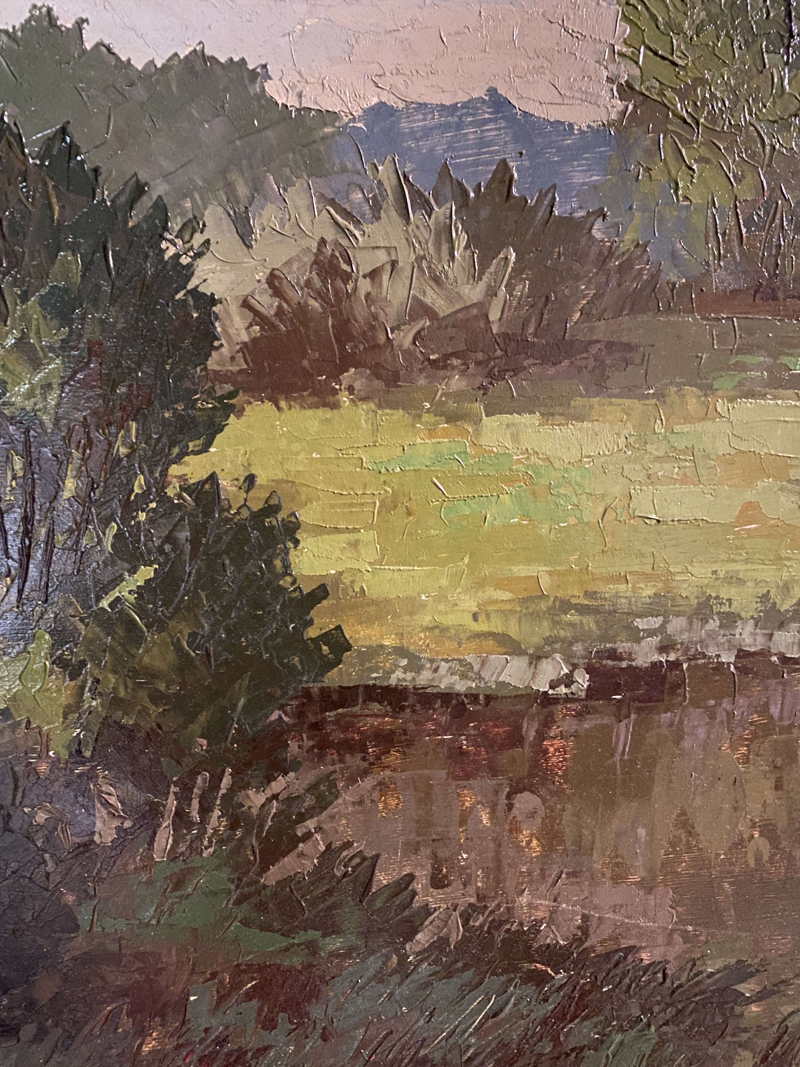

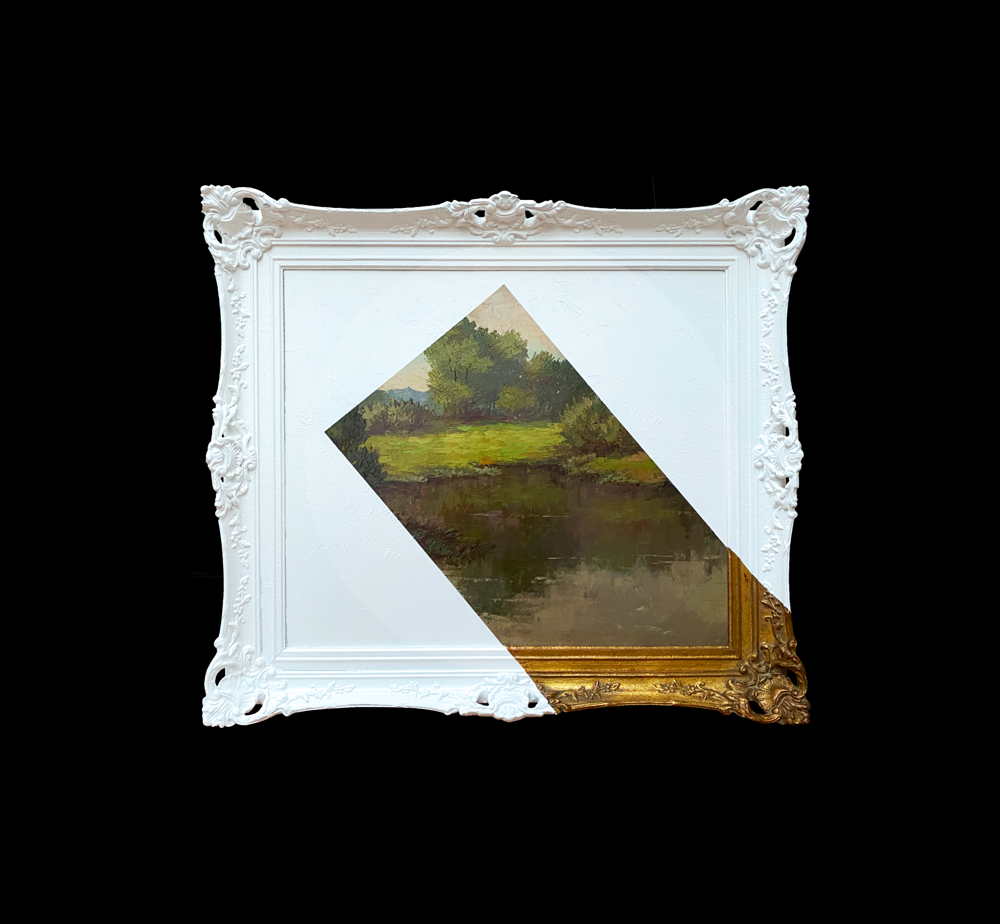
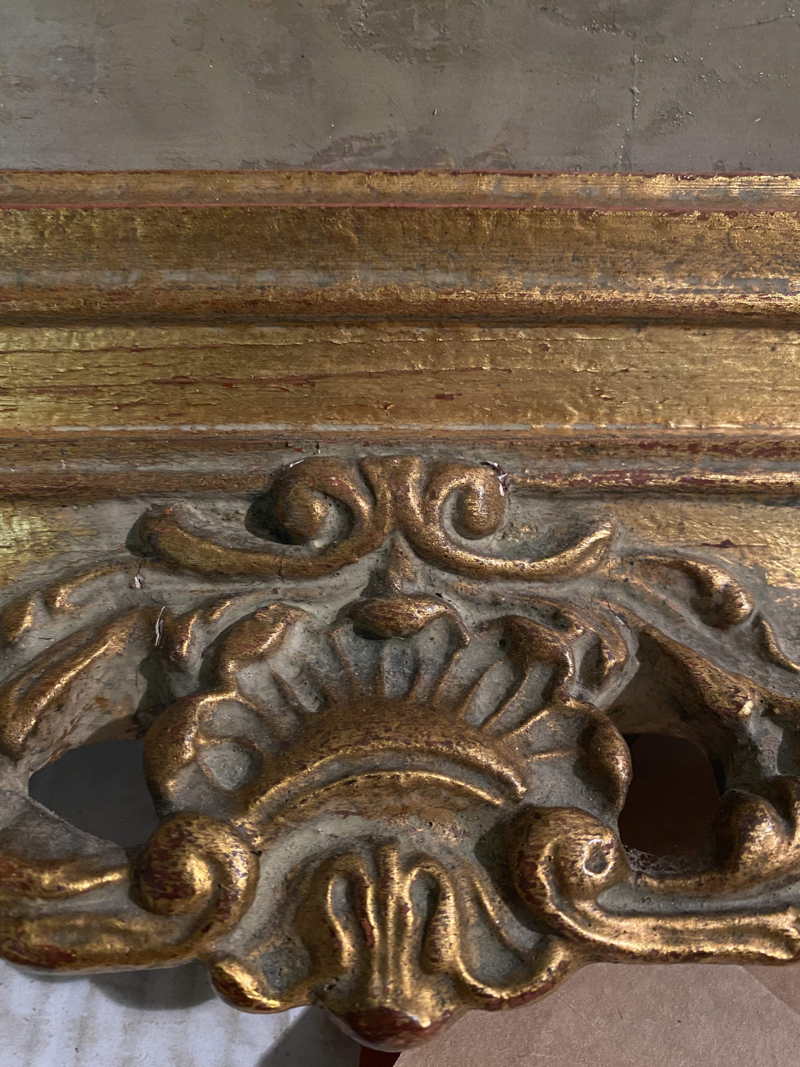

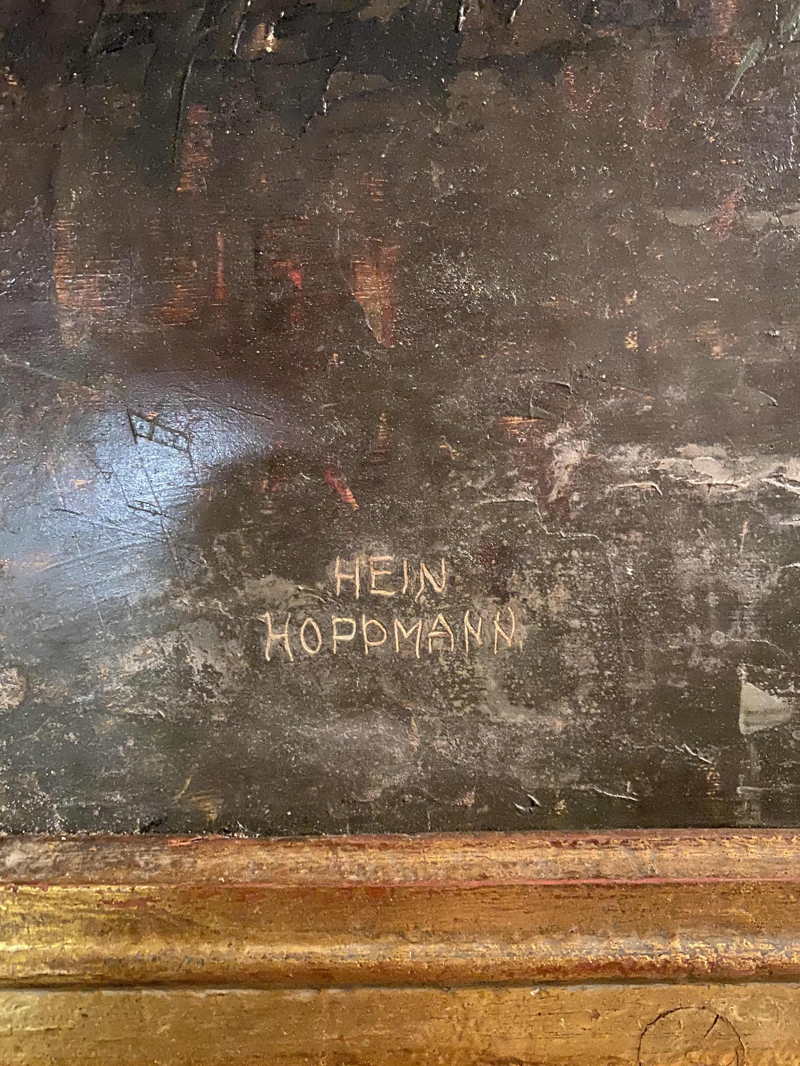
INTERVIEW WITH SEBASTIAN MUELLER-SOPPART
Your style takes old work and modernizes it, allowing it to fit in contemporary spaces where it wouldn’t have been placed in its original state. What first inspired you to start working in this way?
I first had the idea, to transform old paintings, back in 2009. I was in no hurry to try it out, but eventually picked up a flea market painting in 2011, while living in Argentina. I had never seen anything like it and thought “damn, this is truly an original idea”. I still have that first painting. It’s not for sale.
How did you develop your personal style and do you feel that it’s changed over time? Have any other artists inspired your work over the years or has it all been a process of experimentation for you?
My very first painting was a flat, white geometric shape over an ocean scene. A few years later, I opened a book on Banksy, and was crushed to see that he pushed shopping carts into Monet’s Lily Ponds. I felt frustrated because he had the idea to vandalize an existing piece of art, a couple of years before me. Sure, he worked with a reproduction, not an original, but still, conceptually, it was so close that I stopped producing. Later, I noticed other artists doing similar work and I felt ownership and the right to continue. I resumed my practice in 2018 and love the process; especially the meditative qualities involved in the restoration work.
Where do you source the paintings that you upcycle and how do you go about selecting which will work with your style of painting?
I have various sources. Flea markets, estate sales, eBay and live auctions. Ideally I want the original to be old, of good craftsmanship, with a sturdy frame. But I often buy paintings that are just bad. The kind that should find its way into landfill. I feel an extra dose of accomplishment, when I can transform those into something new. Our imagination, of what’s hiding behind the areas covered, is definitely better than what the original painting holds.
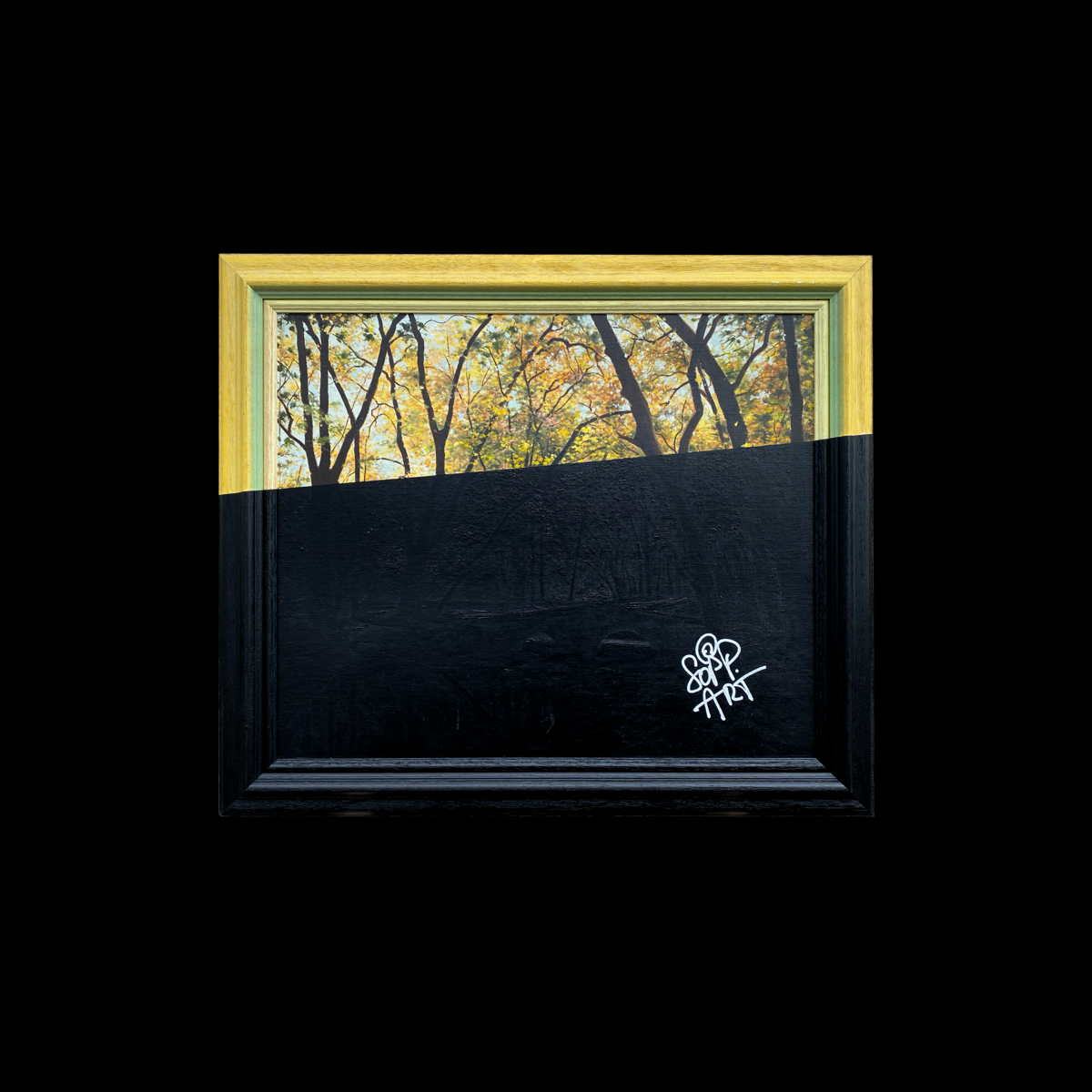
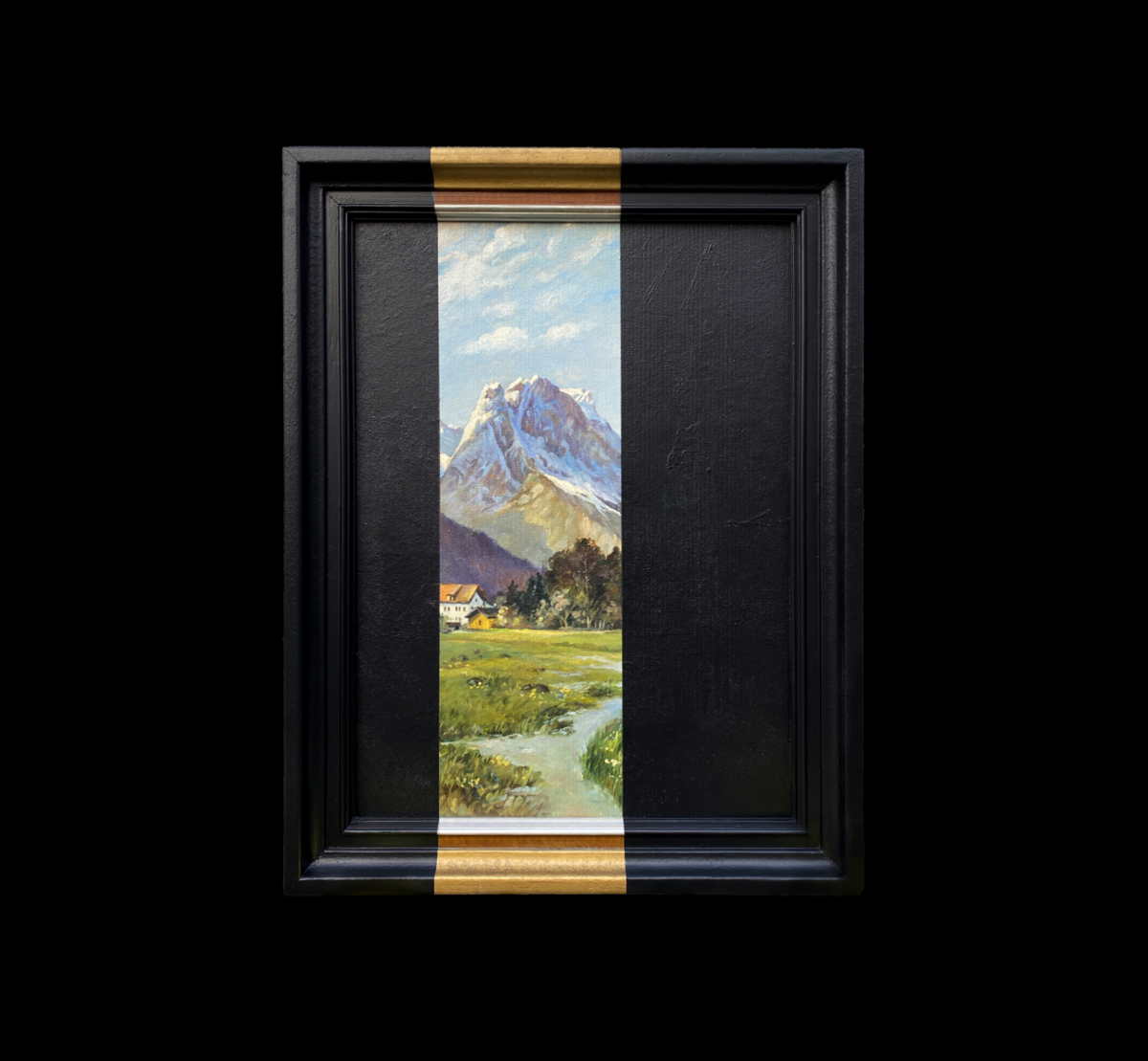
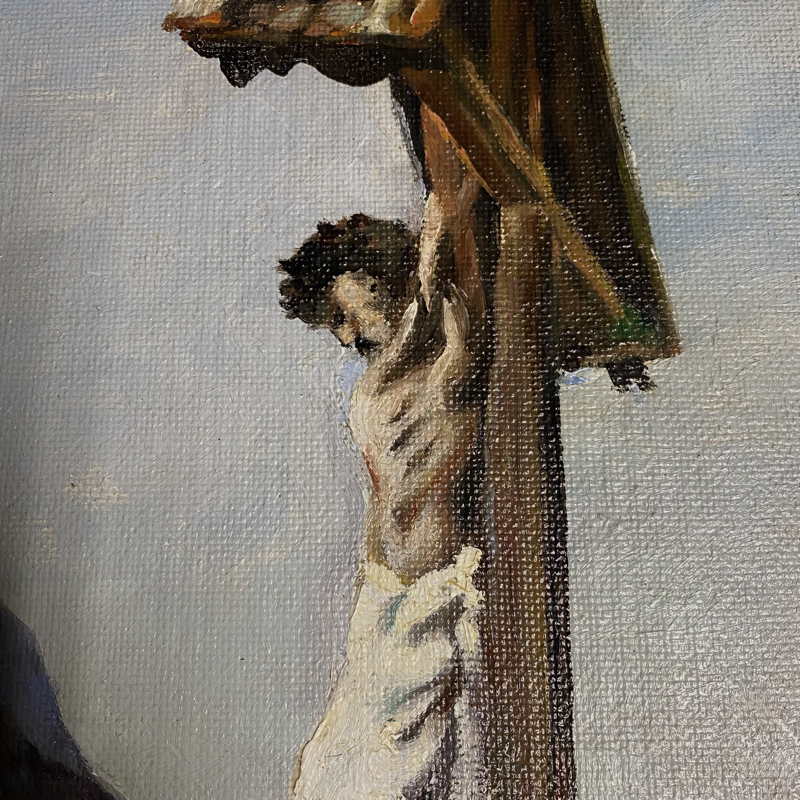


Using old paintings as canvases for your work obviously reduces the environmental impact of the art. Do you find that this environmental awareness makes its way into the message of the artwork itself?
Using the word “upcycling” to describe what I do, certainly helps. I also like to reflect on the work titles. It really adds another dimension and communicates more literally what I had in mind. So I think most who see my work understand what it is about, but then again, how much weight does an artist’s interpretation of their own work really hold? It’s more about the audience’s take-away, which has been diverse and imaginative.
How important are environmental-related themes to your work? What do you focus more on, and what would you like the public to take away from your work?
After decades of advertising circus performances, I am really happy to be able to leverage a passion with something as important as our climate crisis. Art has the ability to touch and move people differently. It is important, because we can’t hope for our behaviors to change unless our attitudes embrace the urgency, first. This is now my mission. Sometimes I feel the urge to do something entirely different, to stretch my artistic muscles, which can be found within Series E on my website. “E” as in exploration.
Do you feel that there are some that misinterpret your artwork and do you often get backlash for painting over the original paintings?
It’s less a misinterpretation, but very much an open opinion that what I do is unspeakably terrible. To cover up another artist’s work – oh my god! I have yet to receive death threats, but some folks get really passionate about calling me a criminal.
Are you working on any new projects you can tell us a bit about?
I spent the last 13 years living out of three suitcases, calling home wherever I hung my clothes. I can’t wait to find a spot to settle, grow some roots and ramp up my production. However, an artist’s mind never rests and mine is no different. At the moment, I am in the process of launching an artist collective called FiftyForGood. 50 intl. artists with 1 common mission: To raise awareness for the climate crisis. Buyers won’t be spending the usual 50% on gallery commission, but instead, the money goes towards Mother Nature.
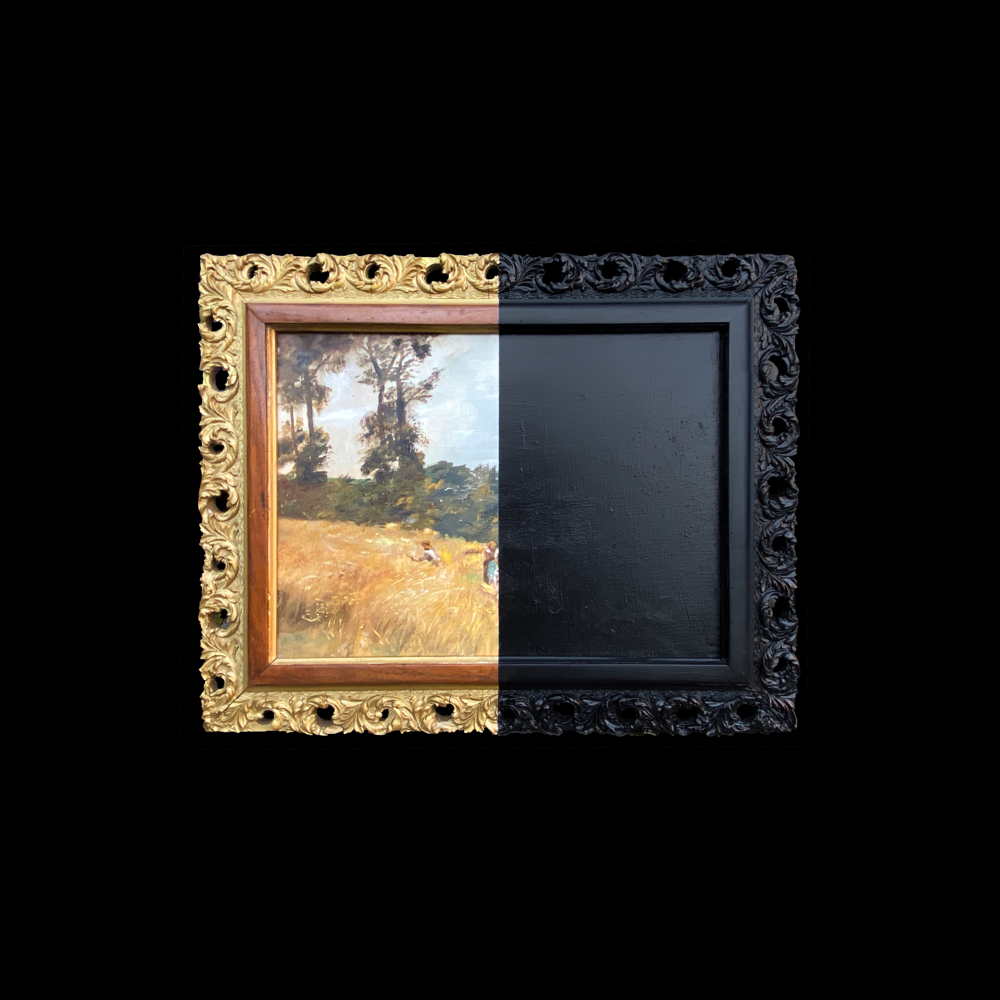

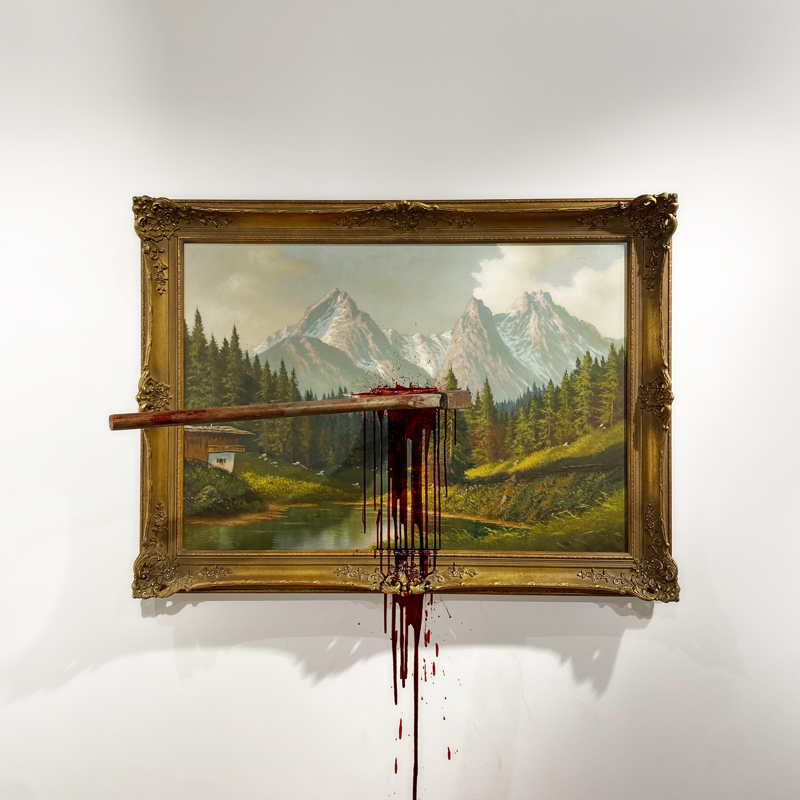
All Images:
© Courtesy Sebastian Müller-Soppart
Words:
Emily Nicholas
Luxiders Magazine








